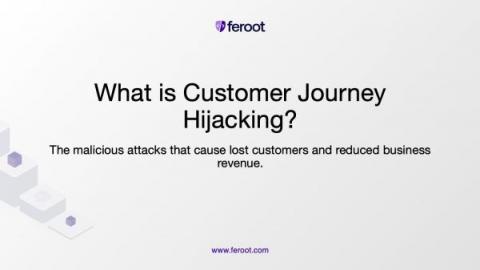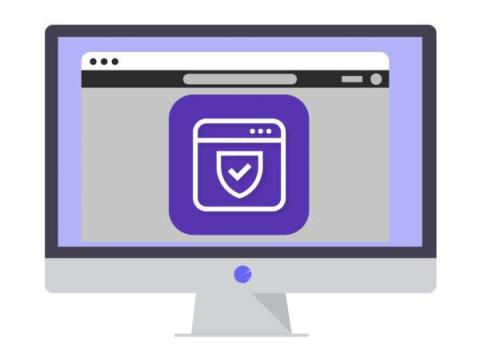How to Recover from a Client-side Attack
I recently spoke to a Chief Information Security Officer (CISO) who explained that he disliked marketing and saw it as a risk and cost center to his business. He seemed to believe that everything his company’s marketing team did on its website was a risk and even called some standard marketing practices “reckless.” I get it. To those who are unfamiliar with marketing, a lot of what marketers do can seem strange and intimidating.











